Emails The Second Part Of The 3 Legged Stool Plan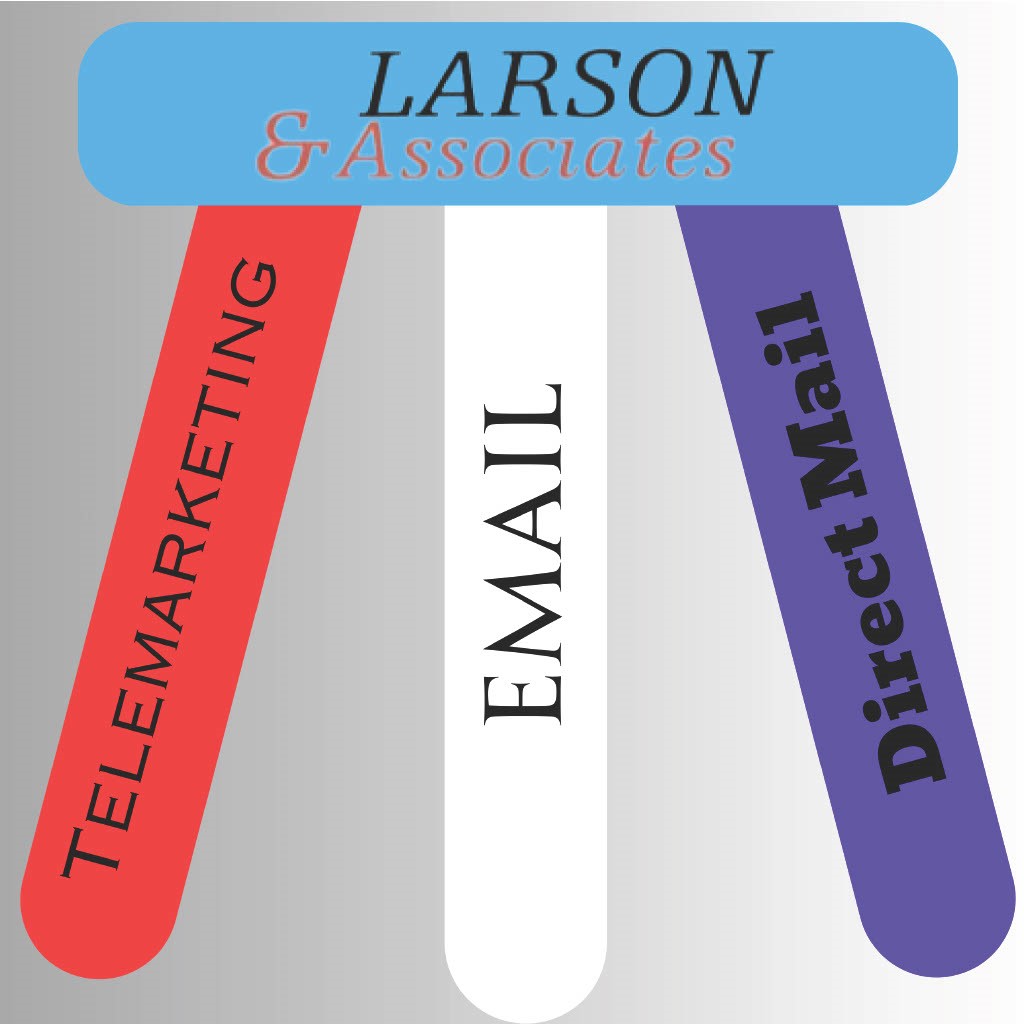 More than 340 billion emails are sent daily. More than 340 billion emails are sent daily.
This figure is expected to reach 376 billion daily emails by the end of 2025.
Email marketing strategies have changed over the years.
What worked five years ago, now no longer works.
But it's still a key player to any marketing strategy.
In fact, for the very best online marketers’ email marketing is their go-to marketing channel.
Why?
It's because it brings in the results and delivers the best marketing ROI:
|
|
Email Marketing Is The Next StepJust remember if you can not follow up with a phone call it is not worth doing.
That’s right!
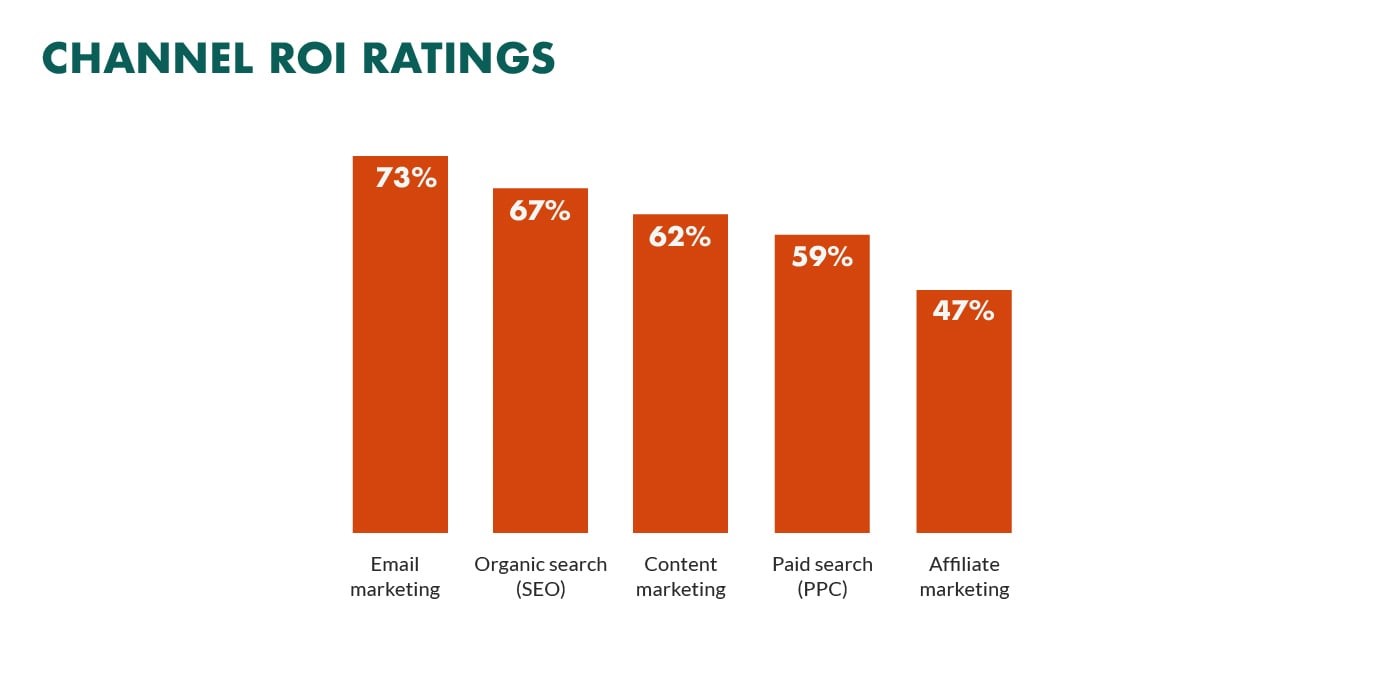
Email marketing outperforms all online marketing strategies, including SEO, PPC, and content marketing!
An email marketing strategy is an important part of any marketing strategy. Email is the most cost-effective way to promote your products, communicate with your customers and reach your business goals.
And on average, for every $1 you spend on email marketing, you can expect a return of $42, if the list is right!
Creating personalized subject lines in emails can increase open rates by 26%, marketers have experienced a remarkable 760% boost in email revenue by employing segmented campaigns.
Not bad, right?
Here, are some of the best email marketing strategies you can use or have us use for you to achieve extraordinary results through email marketing. |
|
A few ideas we use at Larson's for better email marketing campaignsThese are some of the email marketing strategies in the 3 legged stool that we use, email will become your second most important channel!
1. Segment your subscribers
Segmentation is the top initiatives list this year.
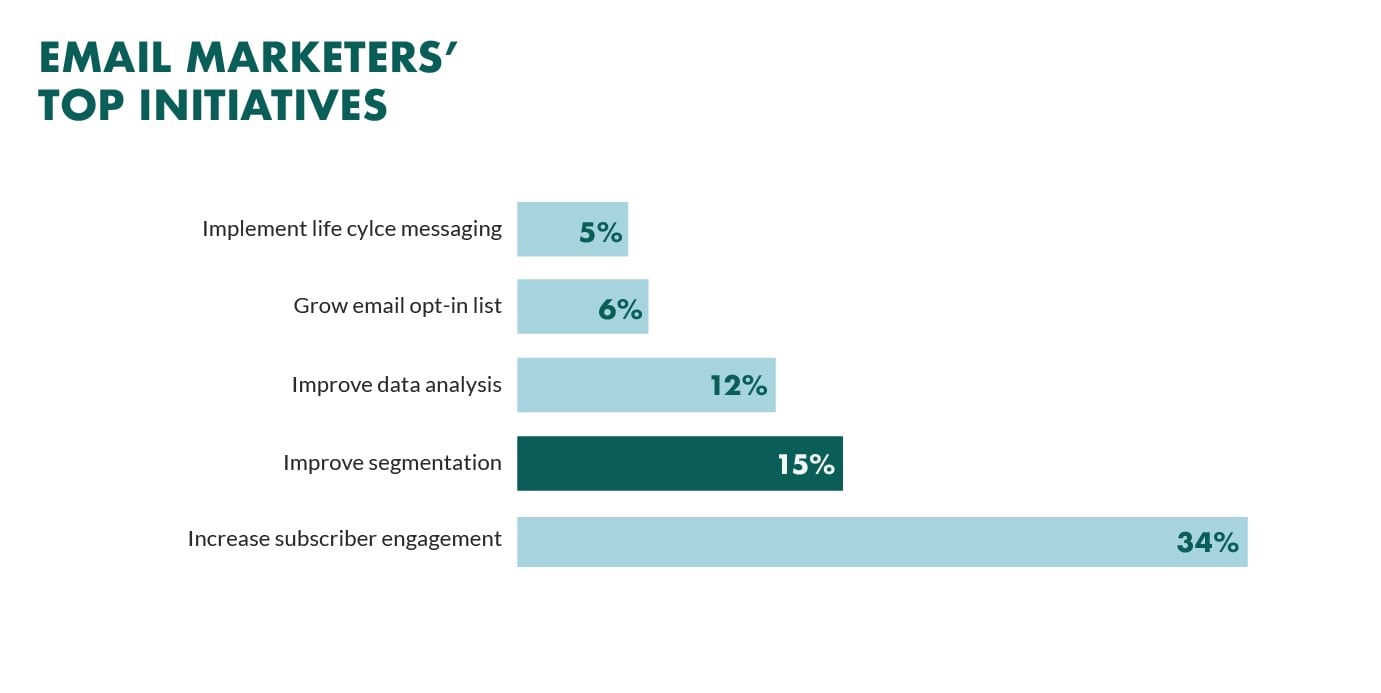 Do you know why it is so high? Do you know why it is so high?
It's because when you segment your database, your email campaigns become much more targeted to your audience.
Let’s take a look at an example:
You're hosting a networking event for small business owners located within a 20 mile radius.
How can you expect to get the best turn out for your event?
The answer is to segmenent.
The best way to get business owners to turn up to your event would be to create a segment of people who list themselves as a small business owner that lives within 20 miles of your event and then send them an invite by email. How annoying is it to receive an email that invites you to an event that is located on the other side of the world?
The segmentation results include increased performance in:
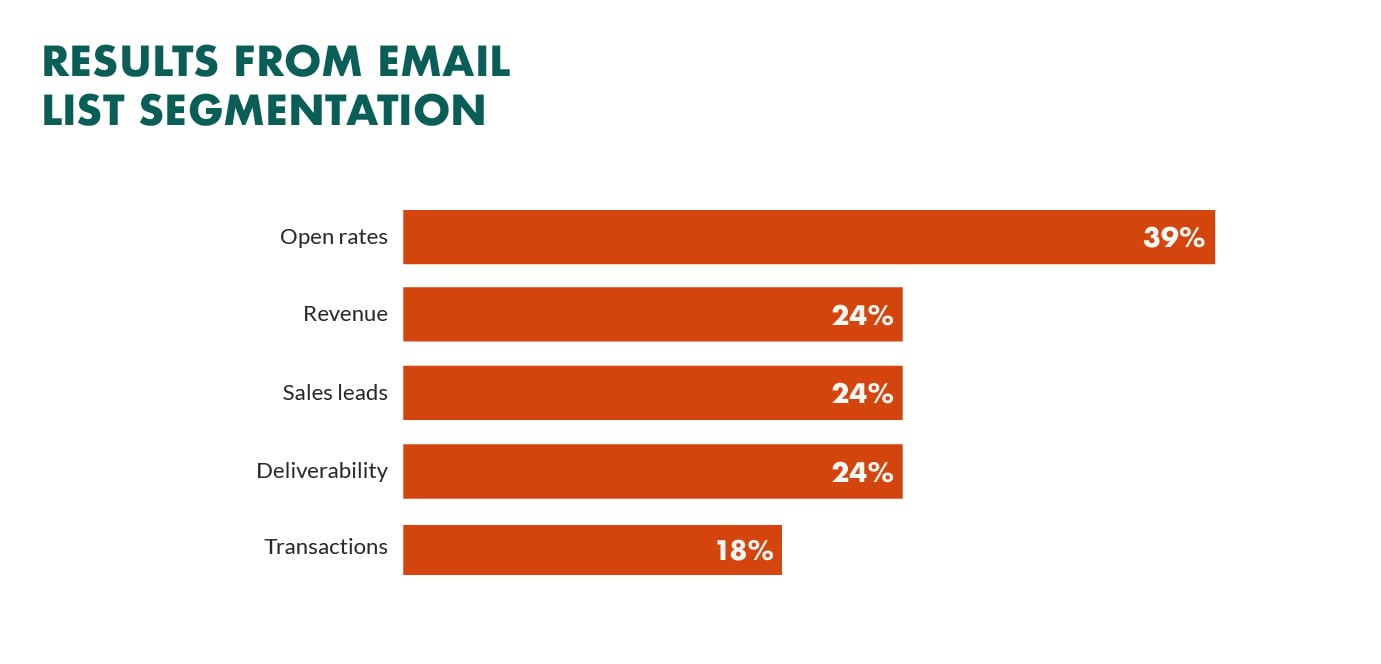
If you segment your lists, you get better open rates, revenue, leads, transactions and more customers.
And according to research from Campaign Monitor, segmented email campaigns lead to a 760% increase in company revenue.
Another benefit is that segmentation goes hand in hand with GDPR and email marketing.
does it really work?
Yes!
Here's an example from our own email marketing campaigns:
We recently sent out two email marketing campaigns. Both campaigns had the same subject line and the same content.
The first campaign was sent to our non-segmented email list, while the second was sent to our segmented list (segmented by interest).
The first non-segmented email earned an impressive 42 % open rate and a 4.5% click-through rate.
However, the segmented email campaign earned a 94% open rate and a 38% click-through rate!
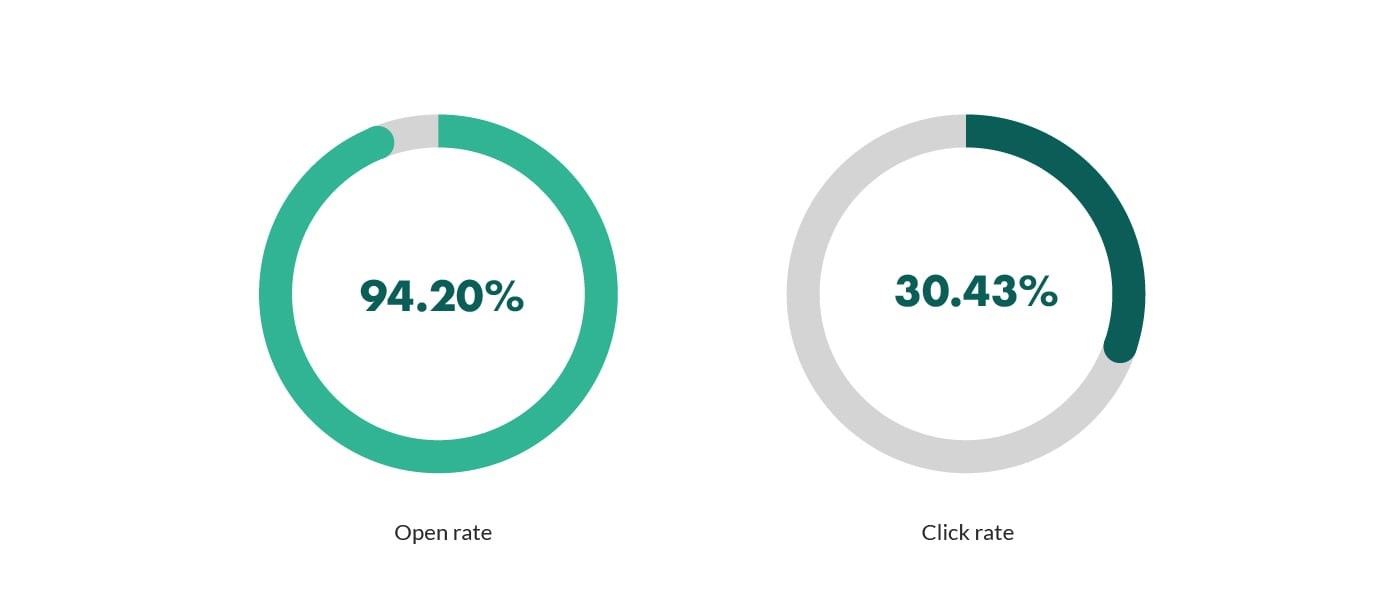 it’s pretty valuable, wouldn’t you? it’s pretty valuable, wouldn’t you?
And that's why so many marketers' are segmenting their emails, right?
Wrong.
As 9 out of 10 email marketers' do not segment their database.
So, here are a few examples for you to get started with segmentation: - Segment by industry: Do you offer services and products to businesses or consumers? Knowing the industry of your subscribers is a great way to segment your email campaigns. For example, a business that sells car parts would engage at a much higher rate if they receive email campaigns on car products, compared to a business that sells software.
- Segment by company size: Also known as account-based marketing, segmenting email campaigns by company size or annual revenue is a great way to increase response rates. A small business that employs 5 people is not likely ready for the biggest industry conference of the year, whereas a business that employs 750 people might be a better fit.
- Segment by sales cycle: Early stage buyers will not be ready for an aggressive sales pitch or one-to-one demo but, they will be more appreciative to receive an industry research white paper. On the other end of the cycle, buyers who are ready to buy will respond well to product webinars or free trial offers.
|
|
Spend time creating great subject linesIn email marketing, the subject line plays a crucial role.
Here's why it's so important:
Surprisingly, 69% of people determine if an email is spam just by glancing at the subject line.
Much like how segmenting your email list improves the precision and effectiveness of your campaigns, your email's subject line is the first thing recipients see. It's your initial opportunity to capture their attention.
Create subject lines that pique curiosity, offer value, or generate excitement.
Pro Tip: Avoid using spammy or clickbait subject lines, as they can lead to a surge in unsubscribes and damage your sender reputation. |
|
Send your emails at the right timeAnother tip is to think about when you send your emails.
Why?
Because people check their emails at different times.
Study your subscribers' habits, including time zones, to figure out when to send your emails. A/B testing can also show you the best times to reach your particular audience.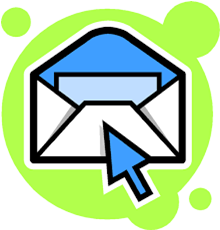
For example, consider Tuesdays as the day in which you sent out most of your emails.
Sending emails on Tuesdays and Wednesdays, especially from 10-11 am, often yields the best results. Most emails (about 53%) are opened between 9 am and 5 pm, except during lunch. Surprisingly, emails sent from 4:00 am to 8:00 am see a strong 33% transaction rate |
|
ConclusionEmail marketing continues to deliver results.
But email marketing has evolved. It's no longer as simple as sending the same email to all.
It's time to update your email marketing strategy.
Now, you need to send targeted messages. Messages that are personalized, and optimized for multiple devices.
You also need to test new elements.
Trends change quickly, and what worked 12 months ago may not be successful today. Be open to testing. And when you understand what works, find ways to automate it through triggered emails.
Be sure to create great subject lines and send your emails at the right time.
If you implement these tactics into your email marketing strategy your customers will be more responsive, your campaign performance will improve and your business will continue to grow. |
|
Larson & Associates
We Make Good Businesses Great and Great Businesses Even Better
Larson & Associates
3475 Steeplechase Way Suite 101
Grayslake IL 60030
847-991-1294 |
|
|
